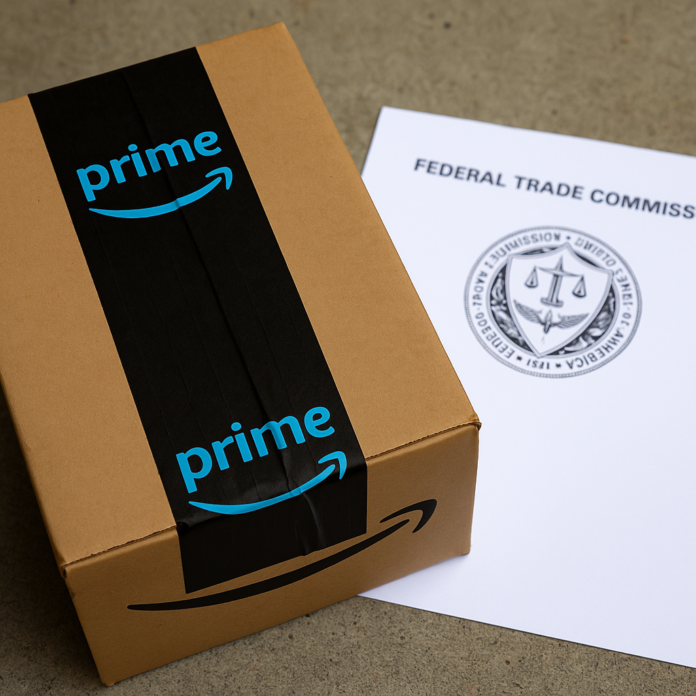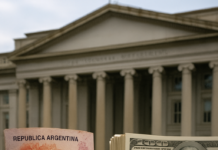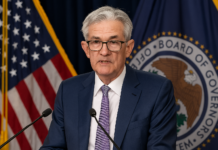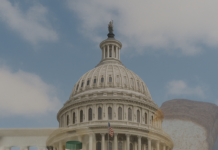
Amazon has reached a $2.5 billion settlement with the Federal Trade Commission (FTC), ending a long-running case over the company’s Prime membership program. Regulators accused the company of steering customers into subscriptions they did not intend to start and creating unnecessary hurdles for those who tried to cancel.
The agreement, announced Thursday, includes $1 billion in civil penalties and $1.5 billion in reimbursements to consumers. About 35 million Prime members are expected to qualify for refunds, many receiving automatic payments of around $51. Customers who attempted to cancel but were unable to do so during the covered period will also have the chance to file claims.
The FTC said Amazon relied on manipulative design techniques—often called “dark patterns”—to prompt customers to sign up. A common example was a large button promoting free shipping, which also activated a Prime subscription, while the option to decline was hidden in less visible text. Cancellation involved navigating through multiple screens and steps, which regulators argued was intentional.
Internal company documents, revealed in court filings, showed that some employees warned leaders about these practices. In some cases, design changes that clarified the process led to declines in subscriptions, prompting managers to reverse them. Amazon later simplified cancellation in 2022, after regulators had begun their investigation.
In agreeing to settle, Amazon did not admit wrongdoing. The company said the resolution allows it to focus on its customers and emphasized that Prime continues to provide substantial value, offering fast shipping, entertainment, and other benefits.
Beyond financial penalties, the settlement requires Amazon to maintain clearer practices. Customers will see an obvious option to decline Prime, all key terms will be displayed before enrollment, and cancellation must be as simple as sign-up. A third-party monitor will ensure compliance.
FTC Chair Andrew Ferguson said the outcome sends a message to companies that make it difficult for customers to end recurring services. He described the case as part of the agency’s broader push to rein in practices that exploit consumer trust in online markets.
For Amazon, the financial hit is manageable. The company generates roughly $2.5 billion in revenue every 33 hours, and Prime remains deeply integrated into its retail and media ecosystem. Analysts say the changes are unlikely to erode the program’s appeal, which has become central to shopping habits for millions of households.
Prime, first introduced in 2005, has grown into one of Amazon’s most successful ventures. Membership costs $139 annually in the United States and generated nearly $24 billion in subscription revenue in the first half of 2025. Amazon founder Jeff Bezos once described the program as so compelling that people would feel irresponsible not to join.
While this case is now resolved, Amazon continues to face scrutiny. A separate federal antitrust suit accusing the company of monopoly practices is scheduled for trial in 2027, meaning regulatory pressure on the company is far from over.
This image is the property of The New Dispatch LLC and is not licenseable for external use without explicit written permission.










